“Improvements & Reproductions”
Rafaella McDonald, Georgia Robenstone, Mark Smith, Katie West, Ilana Harris-Babou, Isadora Vaughan, Josey Kidd-Crowe, MeowTV (Carmen-Sibha Keiso with Meow), Lorraine Connelly-Northey, Spencer Lai, William Yang, Amelia Wallin and Nicholas Tammens
20 Mar → 25 Aug 2020
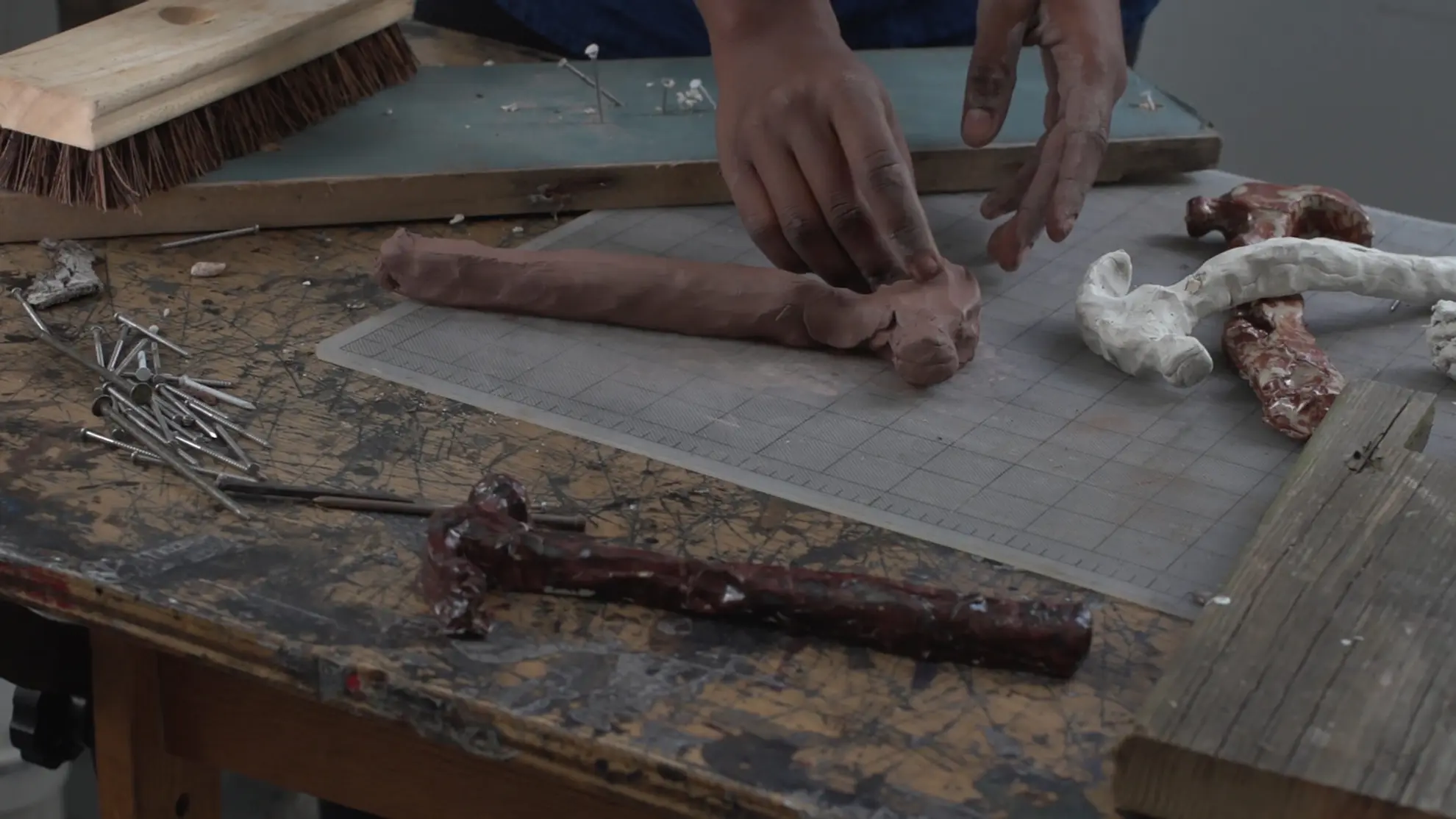
Curated by Amelia Wallin and Nicholas Tammens, Improvements & Reproductions are two exhibitions in parallel, which collectively and separately investigate the conditions under which art is produced.
Improvements
Occurring at a cultural moment in which the slow violence of gentrification continues to displace communities, and Audre Lorde’s weaponisation of self-care is diluted into individualistic self-betterment, the exhibition considers the cost of improvements, whilst also asking: how can we be better?
Improvements is curated by Amelia Wallin and features exhibiting artists Rafaella McDonald, Mark Smith, Georgia Robenstone, Katie West and Ilana Harris-Babou.
Reproductions
In planning this exhibition we began with a question: what reproduces the conditions for an artist’s work? We might think of this broadly: a community, a “scene”, cultural relationships and identities, state policies, economic and social determinations (the wage and the unwaged labour in its shadow, class privilege and lack thereof), the past and present of colonial effects (as well as the refusal of and resistance against them), an environment (in the micro and the macro sense of the word), and habits of seeing, perceiving, and therefore producing. Or we might think of it more intimately: food, money, rest, friends, work… These lists are far from exhaustive.
We began with this seemingly innocuous question, which, it turns out, can’t simply be answered by works of art. But what we can say is that it’s not the role this exhibition to provide answers, rather, what we can observe is that artworks themselves raise another and very old question: what is the ability of the work of art to reflect the conditions in which it is made? Or said another way: what does it reproduce
Reproductions is curated by Nicholas Tammens and features exhibiting artists Isadora Vaughan, Josey Kidd-Crowe, Meow TV (Carmen Sibha Keiso with Meow), Lorraine Connelley-Northey, Spencer Lai and William Yang.
Improvements and Reproductions is supported by the City of Yarra. This project is powered by Lūpa Media Player.

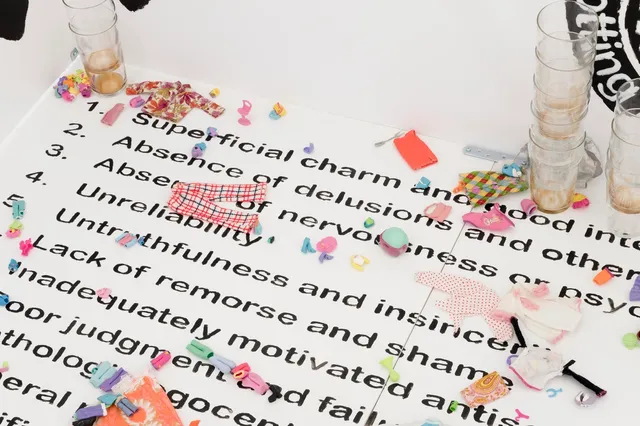
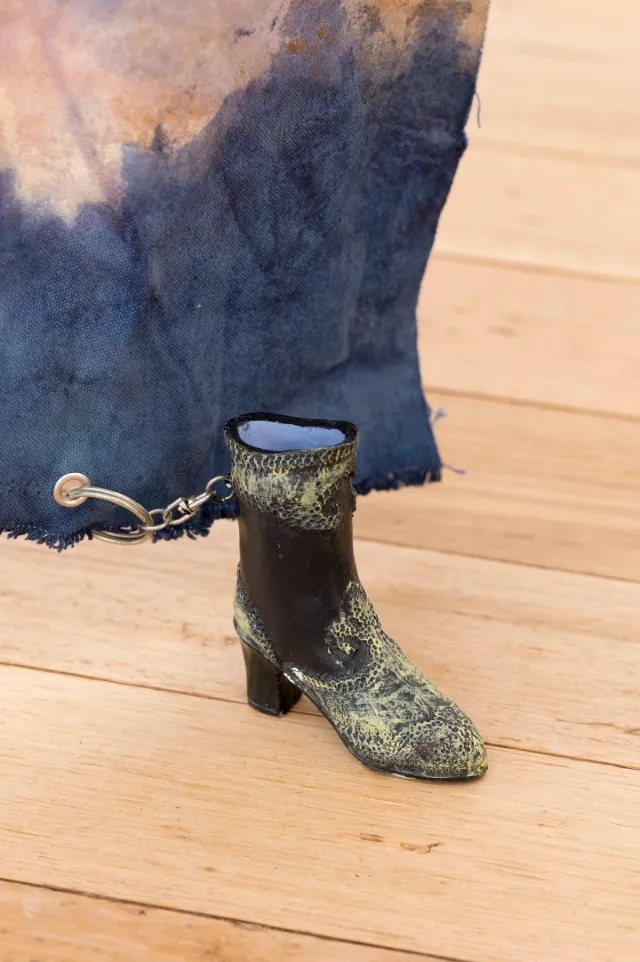
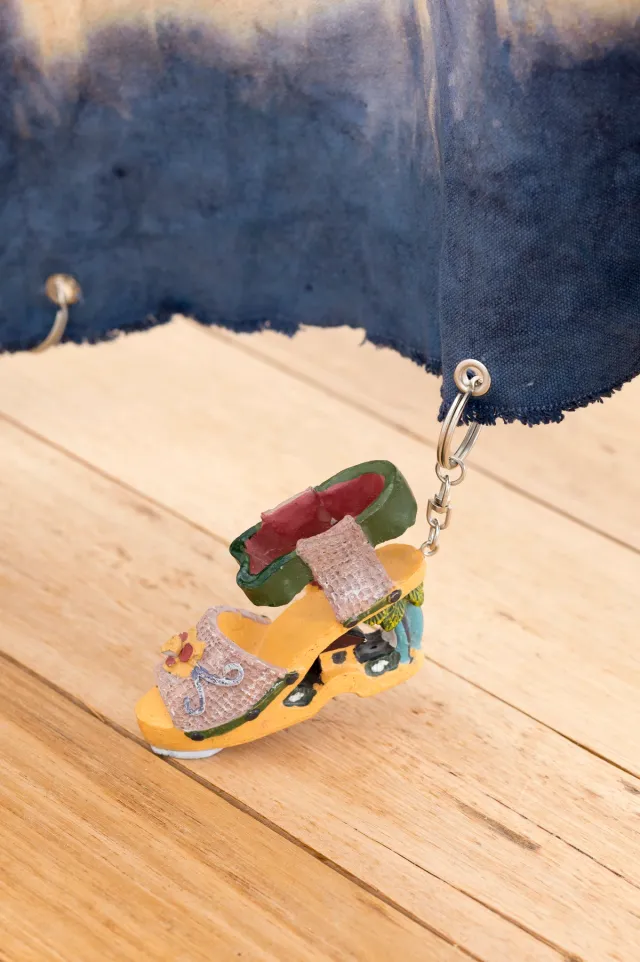
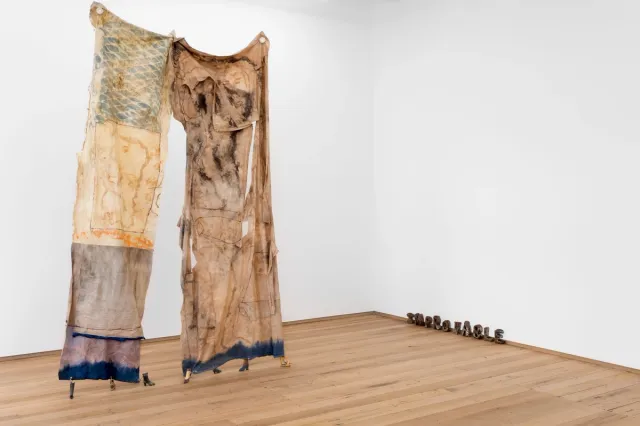
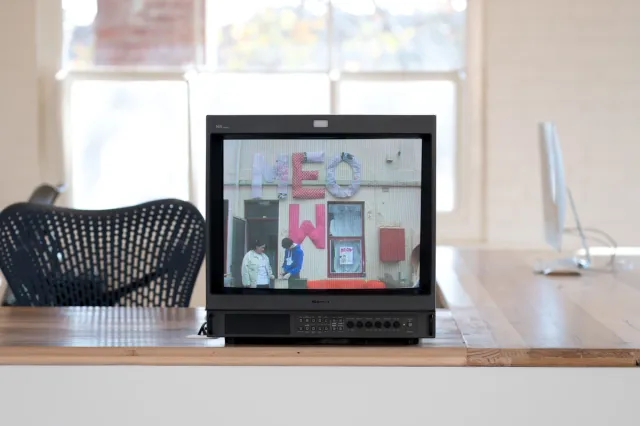
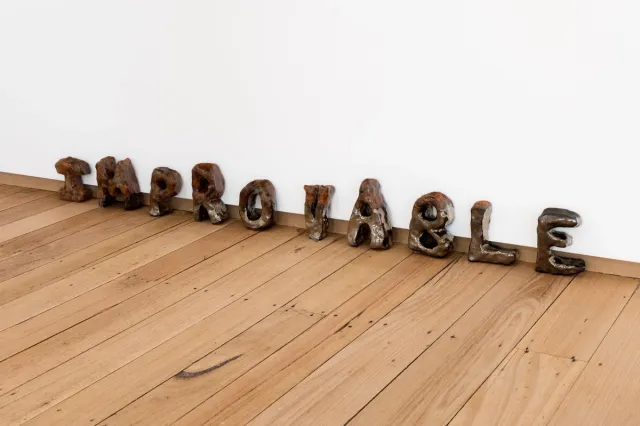

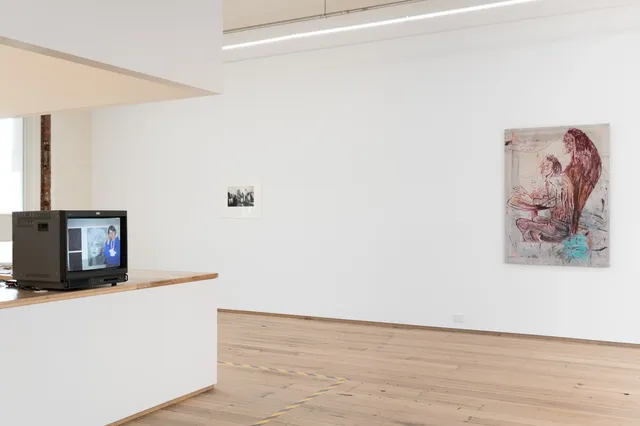
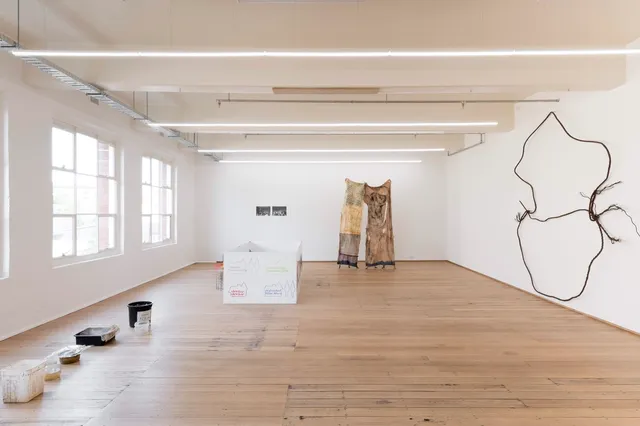
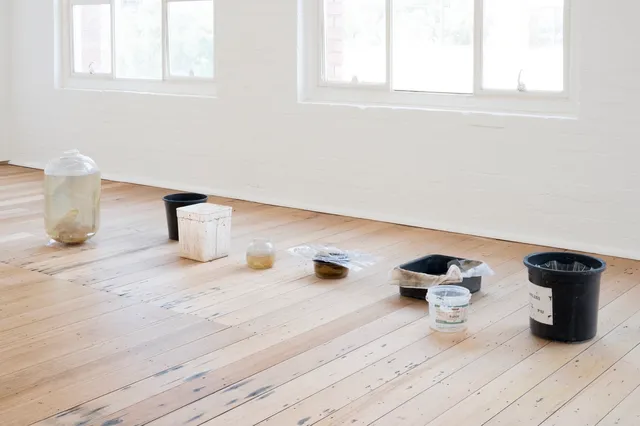

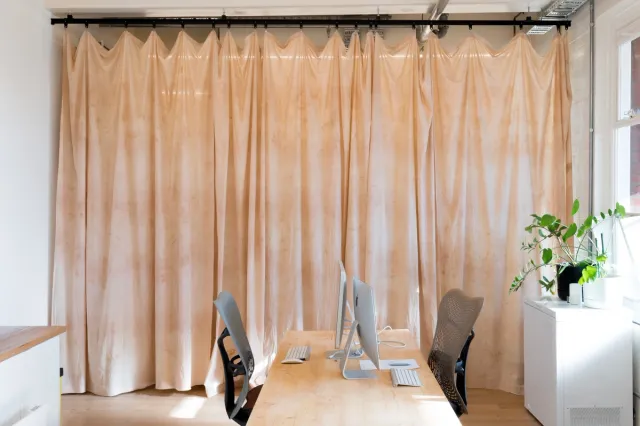

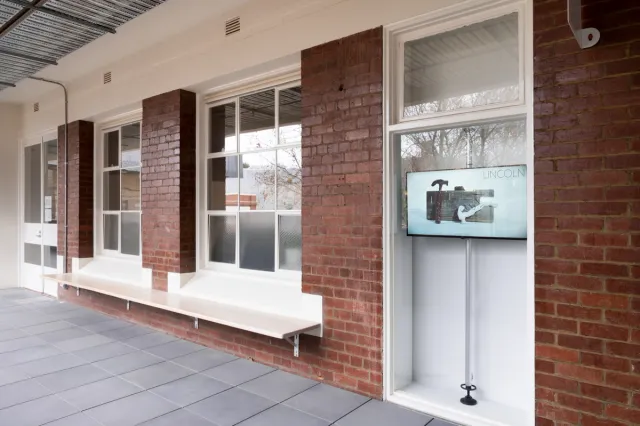


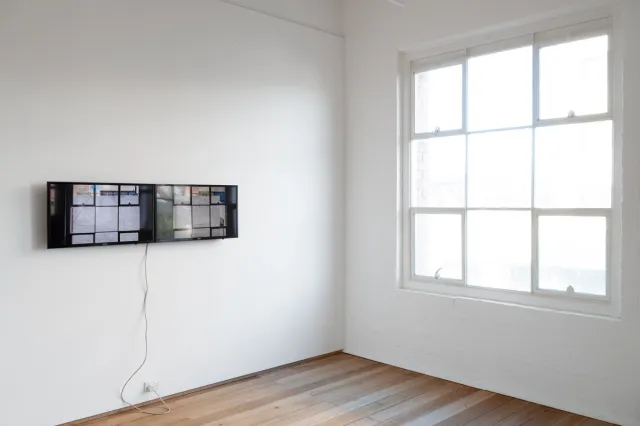
Rafaella McDonald has a painting and sculptural practice, working across gallery settings, public spaces, and clothing. Her practice is concerned with the gestural elements of materials, documenting interactions between materials and the body.
Georgia Robenstone is an artist and writer currently based in Naarm/Melbourne, Australia. She has recently returned from studying at Glasgow School of Art in Scotland. She lives and works on the unceded land of the Wurundjeri people of the Kulin Nation, and pays her respects to their Elders past, present and emerging.
Mark Smith works across painting, ceramics, mixed media, video and soft sculpture, his primarily figurative works are concerned with how the physicality of the body relates to human nature and the human condition. Smith considers the body a non-negotiable starting point for existence, using the vessel to explore the truly distinctive characteristics of being human. Working purely from feeling or emotion rather than a model or image, Smith’s works possess an intrinsic nature or indispensable quality that imbues them with a deep sense of character.
Katie West is a Perth-based artist and Yindjibarndi woman who has lived her life in Noongar Yued and Noongar Whadjuk countries. West describes herself as a multidisciplinary artist situated in the social sciences. Her practice is shaped by her family history, studies in sociology and work experience in the area of Indigenous health.
Ilana Harris-Babou is an interdisciplinary artist spanning sculpture and installation, and grounded in video. She speaks the aspirational language of consumer culture and uses humour as a means to digest painful realities. Her work confronts the contradictions of the American Dream: the ever unreliable notion that hard work will lead to upward mobility and economic freedom.
Isadora Vaughan is a Melbourne based artist working in sculpture. Her practice unpacks and experiments with material as geological, temporal, associative and emotional. Her works manifest out of a chaotic exploratory process into basic states of matter and a desire to personalise, dislocate, and disrupt traditional material hierarchies.
Josey Kidd-Crowe graduated from a Bachelor of Fine Arts, Latrobe University in 2009. His recent solo exhibitions and projects include: Stupor Hiatus, Neon Parc (2015); Office Ideals, Upper Cannon (2014); Tribute Night with Martin Kippenberger, Meyers Place (2014); Noble Sofa, Neon Parc (2013); and Das Boot Fair (with Scott McCulloch), Next Wave Festival (2013).
Carmen-Sibha Keiso is an Arab-Australian artist and curator. Keiso’s practice functions as a reflexive mise-en-scène, wherein current socio-political and global cultural industries are fused with the semantics of social performativity. Chiming millennial diaspora with contemporary cultural trends as an attempt to divulge the way in which we analyse the self within these spheres. Keiso employs a collaborative and research based process, wherein they direct a form of ‘theatre’ involving practitioners from a multitude of disciplines.
Lorraine Connelly-Northey lives and works on Waradgerie (Wiradjuri) Country, New South Wales. Her artistic practice is inherently influenced by her western and Indigenous heritage. Connelly-Northey utilises materials often associated with European settlement and industrialisation of the land, and repurposes them into sculptural works that use weaving techniques associated with Indigenous culture and reference traditional objects, such as coolamons. Through her work Connelly-Northey explores the dynamic nature of her country and heritage as traditional, progressive, resilient and innovative.
Spencer Lai is a Naarm/Melbourne based artist, curator and writer. Spencer’s practice navigates the visual lexicon of design, fashion, and window display, with specific interest in subcultural identities and aesthetic cultures. Their process involves the collation and editing of found/personal materials, objects and clothing to reflect and disseminate narratives surrounding consumer cultural consciousness.
William Yang’s significant contribution to Australian photography spans five decades. Known for his reflective and joyous depictions of Australia’s LGBTQI scene in the late 70s and 80s through to the present. Yang’s photography is informed by the cultural and political pressures of growing up as a gay man from a Chinese immigrant family in north Queensland.
Amelia Wallin has held curatorial and administrative positions at Performa (New York), Campbelltown Arts Centre, Biennale of Sydney, Performance Space, Performing Lines and Vivid Ideas. She has played an active role in Australian arts development through directorial positions at Firstdraft, Tiny Stadiums Festival, and as co-founder of the residency and exhibition program Sydney Guild.
Nicholas Tammens is curator of 1856, a program of exhibitions and events at the Victorian Trades Hall Council, a trade union building in Melbourne, Australia. 1856 focuses on the cultural production of the labour movement, the rights of artists, and the many ways in which artists address social issues in their work. Recently he was appointed to a curatorial position at Kunstverein Hamburg, Germany.